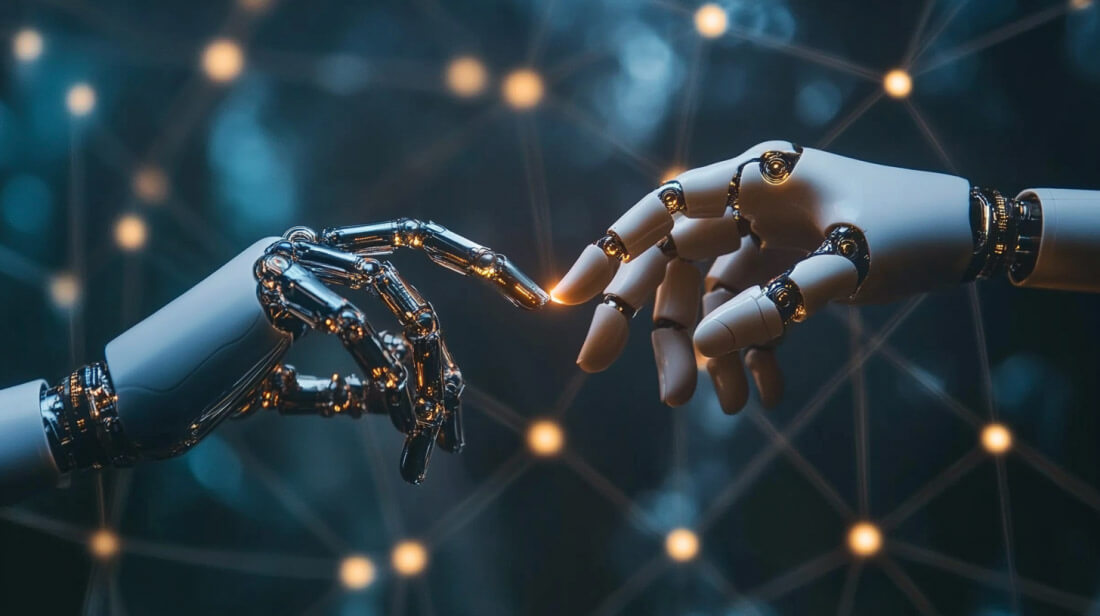

Cryptocurrency exchange Coinbase CEO Brian Armstrong announced in a post on X that the first cryptocurrency transaction between artificial intelligence (AI) bots took place on August 30.
He explained that a large language model (LLM) used crypto tokens to purchase AI tokens from other AI bots. The bots were developed to perform a specific task, in this case, performing a crypto transaction.
AI bots can’t have bank accounts, but they can have cryptocurrency wallets. These AI bots can now transact with humans, merchants, and other AIs. Armstrong said:
“These transactions are instant, global and free.”
According to Armstrong, AI agents are currently ineffective because they appear to be unable to accomplish tasks when assigned to them and left alone for hours or days. He said:
“If you give an AI agent a task today and it comes back days or hours later, it won’t be able to do useful work.”
Armstrong explained that this is due to limitations in technology. Some companies, like Devin AI, are working on this, but they are still far from achieving their goal.
He also thinks it is inefficient because the AI agent cannot perform transactions to obtain the resources it needs. For example, if you ask the AI agent to book a flight, it will fail because there is no credit card or payment method. It also means that you cannot promote your post on X or other social media platforms through advertisements.
Armstrong believes that having AI agents that can perform transactions would be a game changer and a win-win for everyone. This is especially true for businesses that can use AI agents to enable AI checkouts in shopping carts.
Development of AI trading bots
Coinbase isn’t the only company looking to give AI the power to conduct transactions. Earlier this month, for example, blockchain development company Skyfire announced it was launching a payments platform that would allow AI to spend money.
In June, Biconomy, a Web3 infrastructure company, began onboarding AI bots, allowing users to delegate trading activities to AI agents that can then perform on-chain transactions.


